 The ongoing femicide crisis in Germany is an issue that needs addressing. In 2018, Germany had the highest rate of femicide in the world. Additionally, the country reported high numbers in 2019. Femicides in Germany are continuously growing. Every day in the country, a man attempts murder on their partner or ex-partner and every third day a victim dies. The worrying state of violence against women has prompted action to find solutions to protect women.
The ongoing femicide crisis in Germany is an issue that needs addressing. In 2018, Germany had the highest rate of femicide in the world. Additionally, the country reported high numbers in 2019. Femicides in Germany are continuously growing. Every day in the country, a man attempts murder on their partner or ex-partner and every third day a victim dies. The worrying state of violence against women has prompted action to find solutions to protect women.
Violence and Discrimination Against Women
Domestic violence numbers have been steadily increasing worldwide, especially during COVID-19 lockdowns. Germany is no exception to this. By the age of 16, about 40% of women have experienced sexual or physical violence. Great oppression of women facilitates a place for domestic violence, indirectly encouraging femicides in Germany. Roughly 100 years ago German women gained the right to vote yet women are not properly protected in other aspects. Gender inequality can also be seen in the workplace as women earn 6.6% less than men in Germany, for the same work.
With the ongoing femicides in Germany, the country is trying to combat the crisis.
Gender Equality in the Workplace
In 2017, Germany turned its focus to implementing equal rights in the workforce, regardless of gender. About 20 countries came together to stop discrimination and reduce pay gaps between males and females. During this time, Germany signed onto the Women Entrepreneurs Finance Initiative. This was done with the country’s full support of the Women’s Empowerment Principles created by U.N. Women and the U.N. Global Compact. These seven principles offer guidance on how to empower women in the workplace and community.
Additionally, Germany committed to ending the oppression of women in the workforce with an attempt at a stronger relationship using the Development Policy Action Plan on Gender Equality 2016-2020. This partnership is imperative to the empowerment of women’s voices in Germany.
Convention to Prevent Violence Against Women
In 2018, Germany signed the Council of Europe’s Istanbul Convention. The convention is a first-of-its-kind document spelling out a new legal binding to prevent femicides in Germany. In 2018, 45 of the 47 member states of the Council of Europe signed and 28 states ratified it. This convention promotes gender equality and the protection of women from violence.
Germany still struggles to care for domestic violence victims. Every year, 30,000 German women look for shelters but only half of them can be accommodated. Germany has shelters that can be accessed online and a hotline for victims of violence. It is clear, however, that efforts are needed to increase resources and services for victims of violence.
The Road Ahead
Femicide in Germany is such a controversial topic that only one in three domestic violence cases gets reported. Because of this taboo, femicides continue. German prosecutor, Julia Schäfer, tells Deutsche Welle, “Domestic violence occurs in all parts of society, it is not a question of religion or nationality or education.” She says further, “It is our obligation not to turn a blind eye.” When human beings are being impacted by violence, it is a clear indication of another pandemic that is taking place amid COVID-19. Simply having more support to find the right resources is lifesaving for female victims of violence in Germany.
– Libby Keefe
Photo: Flickr
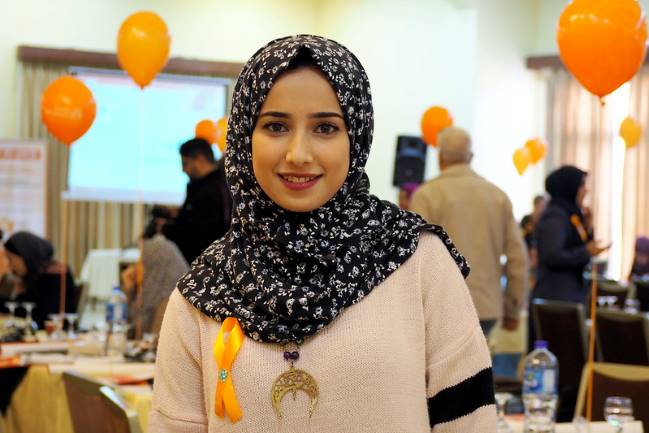 The Haya Joint Programme, in partnership with United Nations efforts, is working to reduce violence against women in the West Bank and Gaza Strip. A vital resource protecting women and girls, the program works toward achieving gender equality for generations to come.
The Haya Joint Programme, in partnership with United Nations efforts, is working to reduce violence against women in the West Bank and Gaza Strip. A vital resource protecting women and girls, the program works toward achieving gender equality for generations to come.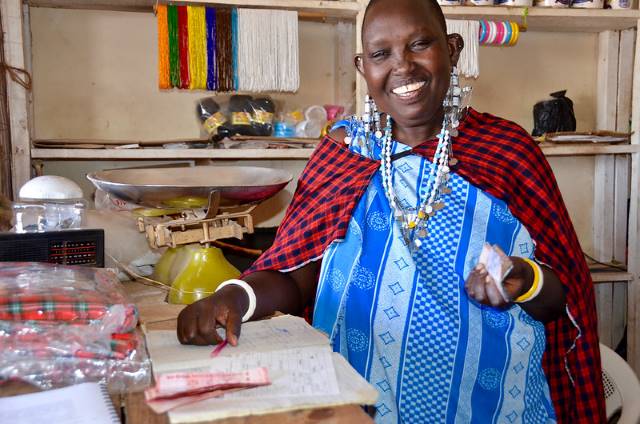 Many countries allocate a portion of their gross national income (GNI) to foreign aid. However, few countries rival Sweden’s foreign aid. Sweden has a reputation as a generous country in the international community; it gives generous donations to struggling countries for a variety of reasons. The three nations that Sweden provides the most aid to are
Many countries allocate a portion of their gross national income (GNI) to foreign aid. However, few countries rival Sweden’s foreign aid. Sweden has a reputation as a generous country in the international community; it gives generous donations to struggling countries for a variety of reasons. The three nations that Sweden provides the most aid to are 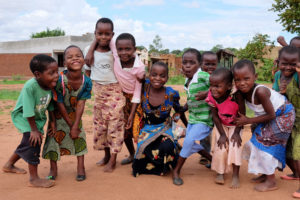 Child marriage rates in Sub-Saharan Africa are the highest in the world, with an average of
Child marriage rates in Sub-Saharan Africa are the highest in the world, with an average of 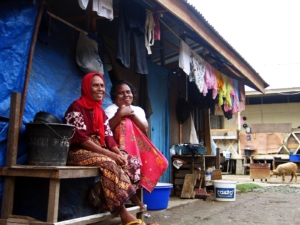 As the
As the 
 Globally, information and communications technology (ICT) is rapidly becoming more and more important to the economy. However, ICT is leaving women and girls behind. In the world today, there is a
Globally, information and communications technology (ICT) is rapidly becoming more and more important to the economy. However, ICT is leaving women and girls behind. In the world today, there is a 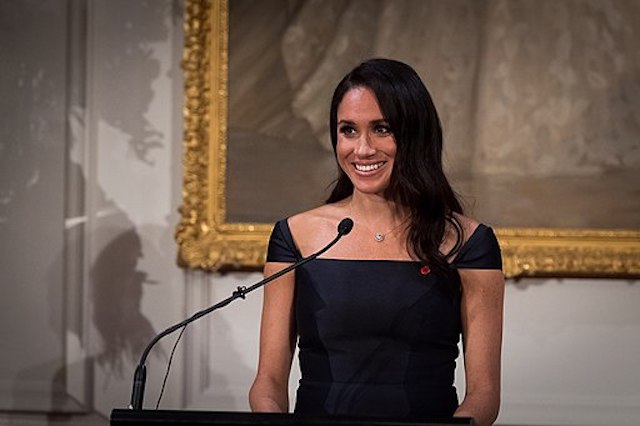 Meghan Markle, now known as the Duchess of Sussex, began humanitarian work long before she joined the royal family. When she was 11 years old, she was so struck by a clearly sexist ad for dish soap that was targeting women, she wrote a letter to elected officials, to which she received a written response from Hillary Clinton. She has famously cited this story in her speech at the U.N. Women gathering in 2015 as the starting point to her activism. She utilized the fame she garnered from starring on the popular USA Network TV show “Suits” to increase her humanitarian efforts.
Meghan Markle, now known as the Duchess of Sussex, began humanitarian work long before she joined the royal family. When she was 11 years old, she was so struck by a clearly sexist ad for dish soap that was targeting women, she wrote a letter to elected officials, to which she received a written response from Hillary Clinton. She has famously cited this story in her speech at the U.N. Women gathering in 2015 as the starting point to her activism. She utilized the fame she garnered from starring on the popular USA Network TV show “Suits” to increase her humanitarian efforts.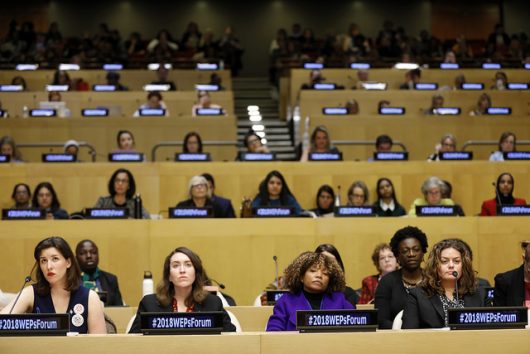
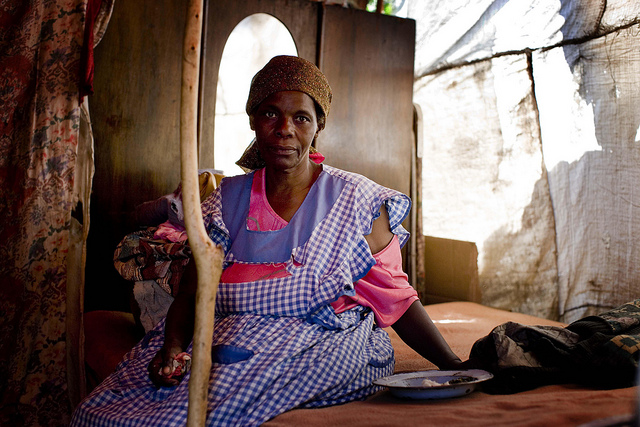 Global efforts to achieve gender equality have made an impact on long-standing notions of male dominance in many countries. This change can be seen throughout the increased social and economic opportunities available to women around the world. The overwhelming evidence from research continues to indicate that gender equality is necessary for ensuring sustainable development. Thus, improving
Global efforts to achieve gender equality have made an impact on long-standing notions of male dominance in many countries. This change can be seen throughout the increased social and economic opportunities available to women around the world. The overwhelming evidence from research continues to indicate that gender equality is necessary for ensuring sustainable development. Thus, improving 